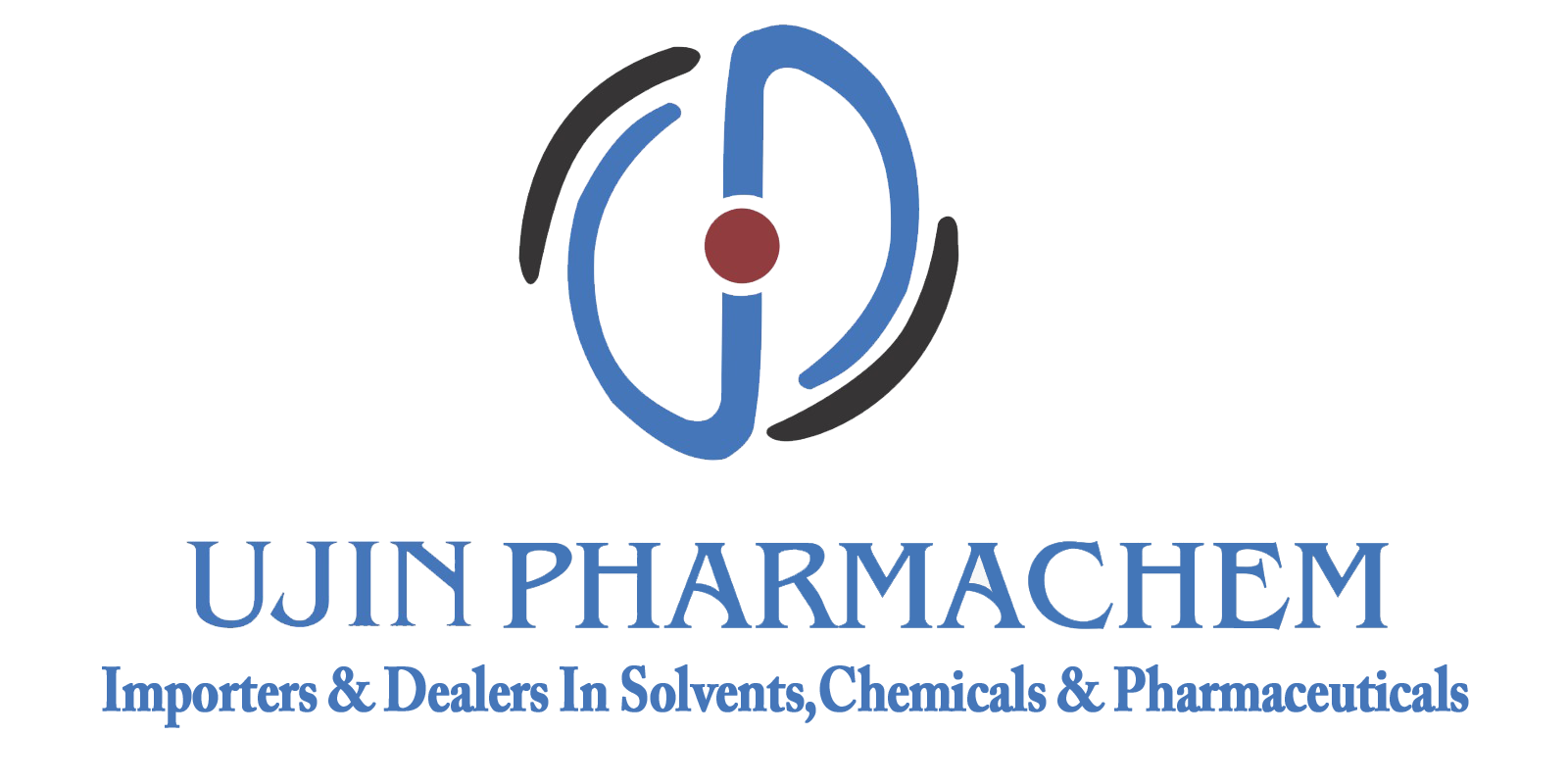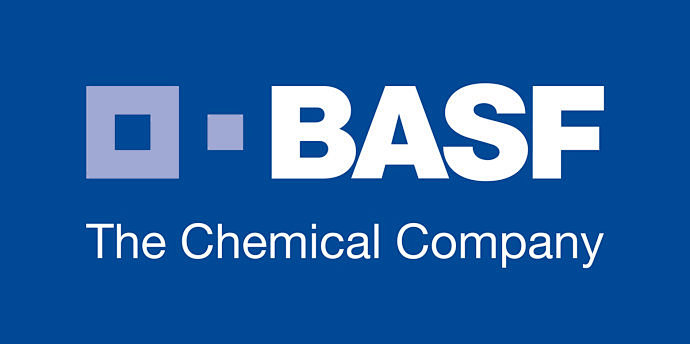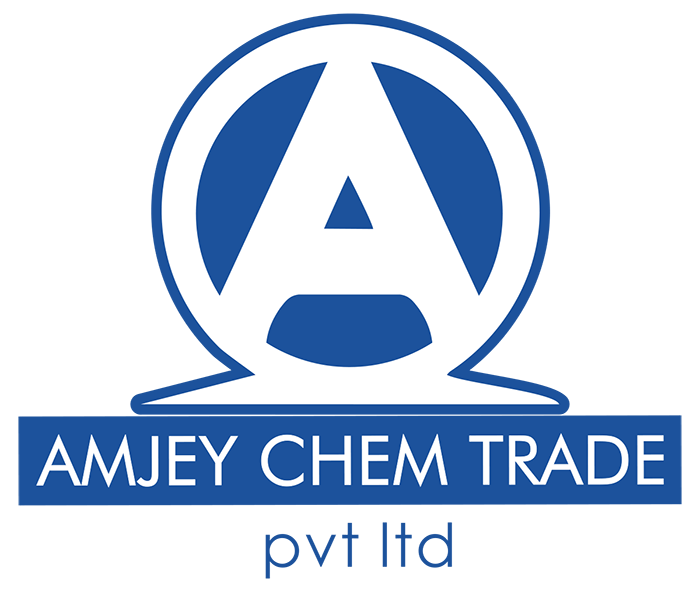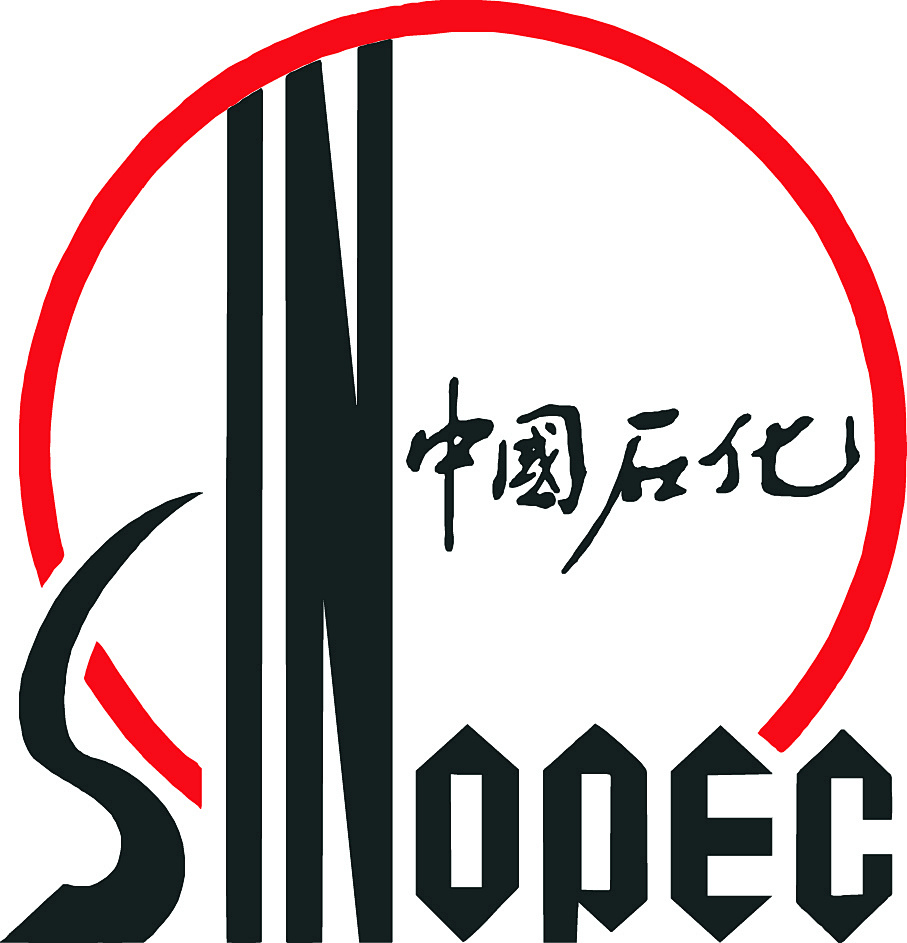| Chinese name |
diammonium phosphate |
| English Name |
Ammonium phosphate |
| Alias |
Diammonium
Phosphate Diammonium Phosphate
Ammonium Hydrogen Phosphate
Diammonium Phosphate
Diammonium Phosphate
Industrial Diammonium Phosphate
Diammonium Phosphate Diammonium Hydrogen Phosphate (DAP)
Diammonium Hydrogen Phosphate (Industrial Grade) |
| English alias |
phos-chek202
phos-chek259
Ammonium phosphate
Diammonium Phosphate
Di-Ammonium Phosphate
SEC AMMONIUM PHOSPHATE
PHOSPHORUS ICP STANDARD
secondaryammoniumphosphate
Ammonium phosphate dibasic
Ammonium hydrogen phosphate
Ammonium phosphate, dibasic
Diammonium hydrogenphosphate
phosphatedibasiqued'ammonium
Diammonium hydrogen phosphate
Phosphoricacid,diammoniumsalt
SEC-AMMONIUM HYDROGEN PHOSPHATE
Ammonium Hydrogen Orthophosphate
di-Ammonium hydrogen orthophosphate
Phosphorus ICP standard solution Fluka |
| CAS |
7783-28-0 |
| EINECS |
231-987-8 |
| Chemical formula |
H9N2O4P |
| molecular weight |
132.06 |
| InChI |
InChI=1/2H3N.H3O4P/c;;1-5(2,3)4/h2*1H3;(H3,1,2,3,4)/p-1 |
| InChIKey |
MNNHAPBLZZVQHP-UHFFFAOYSA-N |
| Density |
1.203g/mLat 25°C |
| melting point |
155°C (dec.)(lit.) |
| water solubility |
58 g/ 100mL (10 °C) |
| Vapor pressure |
0.076Pa at 20℃ |
| solubility |
H2O: 1m at 20°C, clear, colorless |
| PH value |
7.6-8.2 (100g/l, H2O, 20℃) |
| Storage conditions |
-20°C |
| Stability |
stability. Incompatible with strong acid, strong alkali and strong oxidant. |
| Appearance |
Powder |
| Specific Gravity |
1.619 |
| Color |
White |
| Maximum wavelength (λmax) |
['λ: 260 nm Amax: 0.065',
, 'λ: 280 nm Amax: 0.065'] |
| Merck |
14,542 |
| physicochemical properties |
Colorless transparent monoclinic crystal or white powder. Soluble in water, insoluble in alcohol, acetone, ammonia. |
| MDL No. |
MFCD00010891 |
| Dangerous Goods Signs |
Xi-Irritant Articles
Xn-Hazardous Articles N-Environmentally Hazardous Articles |
| Risk Terms |
R36/37/38-Irritating to eyes, respiratory system and skin. R20/21/22-
Harmful by inhalation, skin contact and swallowing.
, R50-Very toxic to aquatic organisms. |
| Safety terminology |
S26-After eye contact, rinse immediately with plenty of water and seek medical advice.
, S36-Wear suitable protective clothing.
S61-Avoid release to environment. Refer to Special Instructions/Safety Data Sheet.
S37 /39-Wear appropriate gloves and goggles or a mask. |
| Dangerous Goods Transport Number |
UN 3465 6.1 / PGIII |
| WGK Germany |
1 |
| RTECS |
TB9385000 |
| FLUKA BRAND F CODES |
3 |
| TSCA |
Yes |
| Customs Number |
31053000 |
| Upstream raw materials |
Ammonia soda ash phosphoric acid liquid ammonia |
| Downstream Products |
Compound Fertilizer NPK Compound Fertilizer Edeneplatin Pancreatic Kallikrein Phosphate Copper Calcium 2-Ethyl-3, 5-Dimethylpyrazine |
Diammonium phosphate -Properties
ammonium hydrogen phosphate is colorless transparent monoclinic crystal or white powder. Relative density 1619; melting point 190 ℃. Soluble in water, the aqueous solution is alkaline, the pH of 1% aqueous solution is 8. The pH value of 0.1mol/L solution is 7.8. Insoluble in alcohol and acetone. Exposure to the air will not gradually lose about 8% of ammonia, and become ammonium dihydrogen phosphate. Can react with ammonia to generate three ammonium phosphate.
Diammonium phosphate -preparation
The neutralization method is mainly used in the industry, one is the neutralization reaction of thermal phosphoric acid and liquid ammonia, and the process is relatively simple; the other is the neutralization reaction of wet phosphoric acid and liquid ammonia. The method first adds a certain amount of hydrogen peroxide to the wet extraction phosphoric acid to oxidize the divalent iron in the phosphoric acid, and then reacts with ammonia gas in progress, and then the diammonium hydrogen phosphate is prepared by pressure filtration, concentration, cooling crystallization, centrifugal separation and drying.
Diammonium phosphate -Standard
This product is made of ammonium carbonate or liquid ammonia and phosphoric acid and then concentrated, crystallized and dried. The content of (NH4) 2HPO4 should be 96.0~102.0%.
Diammonium phosphate -traits
- This product is colorless or white crystal or crystalline powder.
- This product in water soluble, in acetone or ethanol insoluble.
Diammonium Phosphate -Introduction
no smell, with salty cool taste. 8% ammonia can be lost in the air. Soluble in water, insoluble in ethanol and acetone.
Diammonium phosphate -Uses
is mainly used as a corrosion inhibitor in the field of water treatment and bacterial nutrients in the biochemical treatment of wastewater, and is also used as a water softener component of boiler water. It can also be used as a dry powder fire extinguishing agent, welding melt, yeast culture, leavening agent for the manufacture of fermented foods and bread. Flame retardant in fabric, paper, wood and plant fiber. In addition, also used in fertilizer, feed additives, printing plate, pharmaceutical, electronic tube manufacturing and ceramic and enamel industry and other fields.
Diammonium phosphate -Identification
This product aqueous solution of ammonium salt and phosphate identification reaction (general 0301).
Diammonium phosphate -Safety
mild irritation to the skin and mucous membranes, inhalation or ingestion into the body can cause severe diarrhea. Should be stored in a cool, ventilated, dry warehouse, can not be stacked in the open air. Do not be affected with damp and deterioration, prevent high temperature and prevent harmful substance pollution. During storage and transportation, pay attention to moisture-proof, sun-proof, good ventilation, and pay attention not to damage the packaging during loading and unloading.
DIAMMONIUM PHOSPHATE -CHECK
alkalinity
Take this product 0.10g, add water 10ml dissolved, according to law determination (general rule 0631) ,pH value should be 7.6~8.2.
water insoluble matter
Take 20.0g of this product, heat water 100ml to dissolve it, and filter it with No. 4 vertical melting crucible dried to constant weight at 105°C. The residue is washed with 200ml of hot water for 10 times, and then dried at 105°C for 2 hours. The remaining residue shall not exceed lmg(0.005% ).
Chloride
Take this product l.Og, according to the law inspection (general rule 0801) , with the standard sodium chloride solution 4.0ml made of the control liquid comparison, shall not be more concentrated (0.004).
Sulphate
Take this product 0.20g, according to the law inspection (general rule 0802), and standard potassium sulfate solution 2.0ml made of standard liquid comparison, shall not be more concentrated (0.1).
iron salt
Take 1.0g of this product, add 15ml of water to dissolve, adjust the pH value to 2.0 with hydrochloric acid solution (1-2), add lml of 2% ascorbic acid solution, 5ml of acetic acid-sodium acetate buffer solution (pH4.5) and lml of 0.2 phenanthroline solution, dilute to 50ml with water, shake well, and place for 15 minutes. If color develops, compare with 2.0ml of standard iron solution (general 0807) made by the same method, not deeper (0.002 per cent).
lead salt
Take two parts of 0.20g of this product, place them in a 50ml volumetric flask respectively, dissolve one part with nitric acid solution (1-100) and dilute it to scale, shake well, and use it as the test solution. In the other part, 2ml of standard lead solution [take appropriate amount of standard lead solution (equivalent to 10ug Pb per lml), dilute with nitric acid solution (1-100) to prepare 0.5ug of lead per lml], dissolve and dilute to scale with nitric acid solution (1-100), shake well, and use as reference solution. Take the test solution and the reference solution, according to the atomic absorption spectrophotometry (the second method of general rule 0406), using graphite furnace as the atomizer, respectively determine the absorbance a of the test solution and the absorbance B of the reference solution at the wavelength of 283.3nm, a shall not be greater than b-a(0.0005 %).
arsenic salt
Take 0.67g of this product, add 23ml of water to dissolve, add 5ml of hydrochloric acid, and check according to law (general rule 0822 the first method), which should meet the requirements (0.0003% ).
diammonium phosphate -determination
Take about 0.6g of this product, weigh it accurately, add 40ml of newly boiled cold water to dissolve it, and titrate it with sulfuric acid titrant (0.lmol/L) according to potentiometric titration (general 0701). Each lm l sulfuric acid titrant (0.lmol / L) is equivalent to 26.42mg of (NH4)2HPO4.
Diammonium phosphate -category
Pharmaceutical excipients, buffers and effervescent agents.
Diammonium Phosphate -Storage
![]() +086 1911-7288-062 [ CN ]
+086 1911-7288-062 [ CN ]



































































































